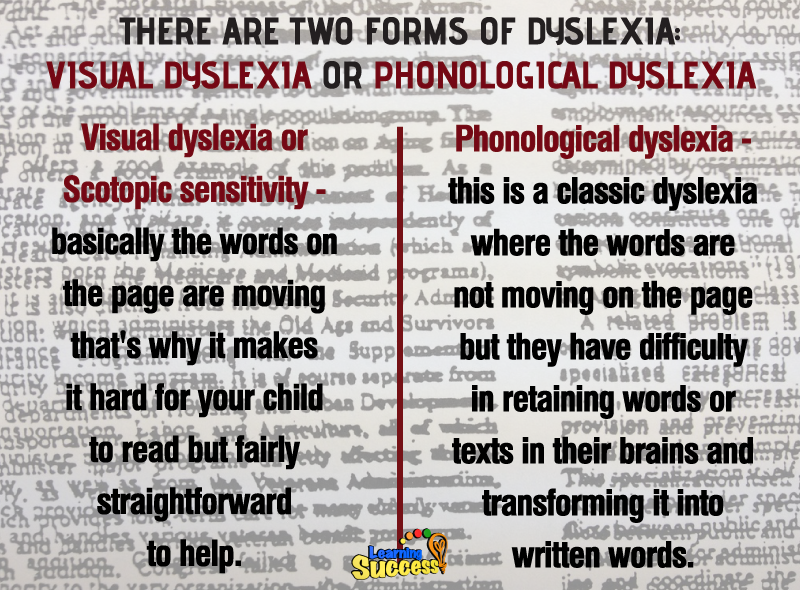
Though dyslexia needs to be diagnosed and treated by a licensed medical professional, it's still useful for parents to learn the basics to better help their children. This video can help parents aid in recognizing symptoms in both visual and phonological dyslexia, and their key distinctions.
Visual dyslexia causes the words on the page to move, which is why it's difficult for people with it to read. Phonological dyslexia, conversely, causes difficulty in retaining words or texts. The basic way to tell if a child has dyslexia is to let him/her stare in the middle of white paper with lot of texts on it, and ask if words or lines are moving or the words are jumbling around. Children with these symptoms may require intervention by a professional.
There are easy ways to drastically improve your reading ability by identifying just one "micro-skill.”
Use our simple online analysis tool to help you find what areas need strengthened.
Key Takeaways:
Do You Need help with a Learning Difficulty?
Our simple online analysis will help you get to the core of the problem and find the right solution for you.
Understanding how to help someone with a learning difficulty starts with understanding which micro-skills are affected. When you learn which of the micro-skills is the problem, you will then be on your way to solving it.
You'll also learn how to:
- Build confidence
- Enhance Learning ability
- Eliminate avoidance
- Build grit
You can get this analysis for free by filling out this simple form. This will help you get to the bottom of a learning difficulty and provide you with a solution. If you are ready to put this problem behind you click the button below and fill out the form.










